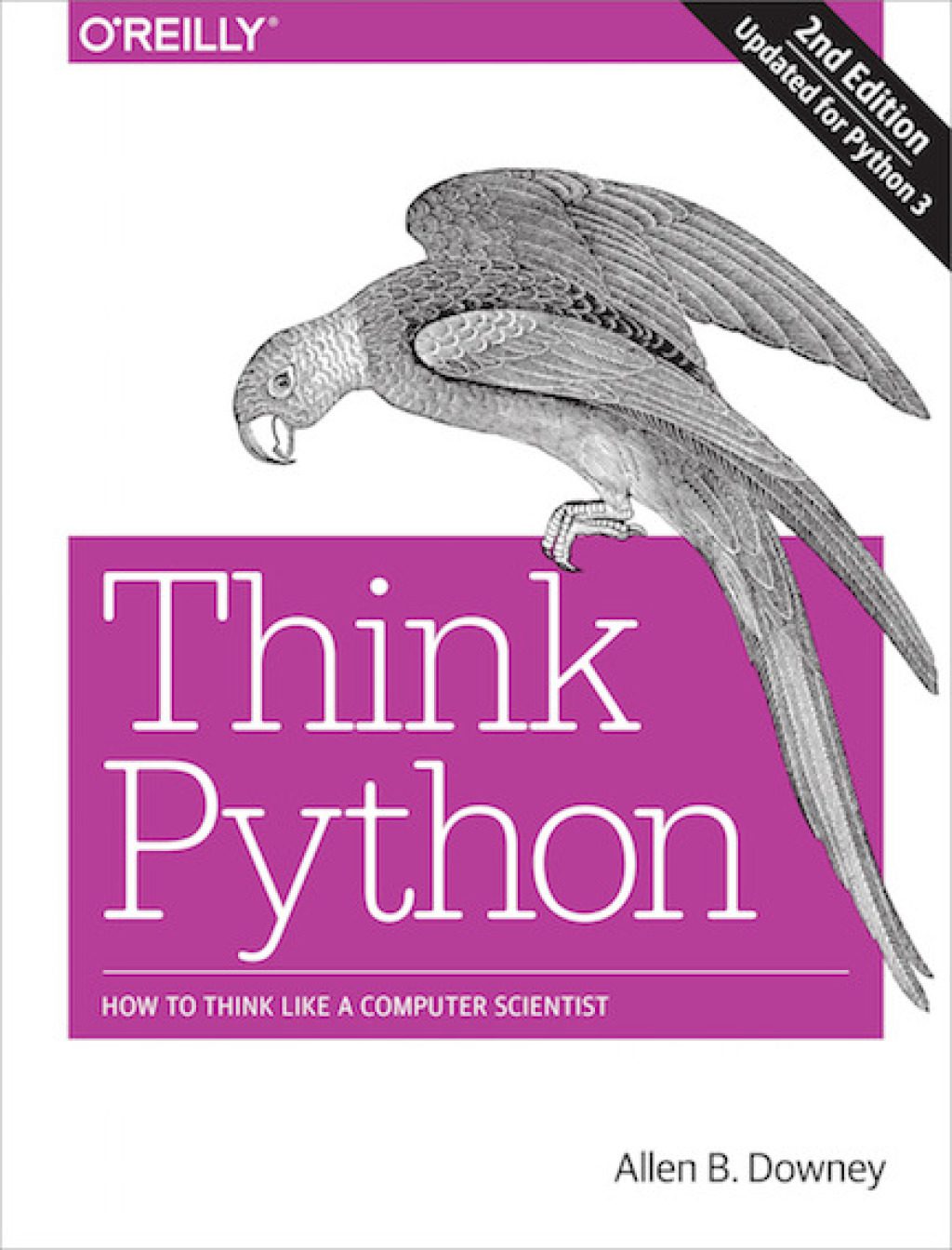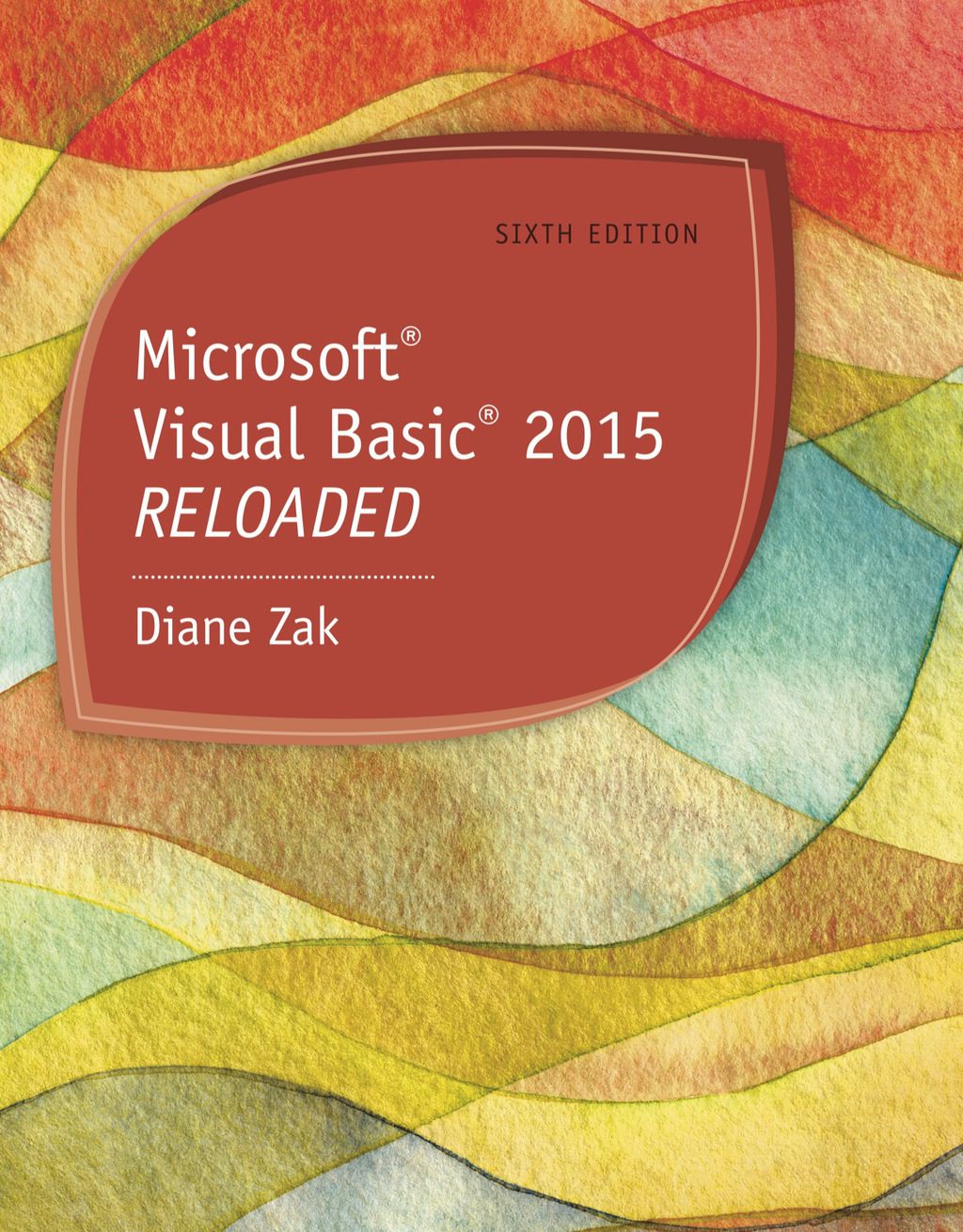Alex Waibel, Hartwig Steusloff, Rainer Stiefelhagen, Kym Watson (auth.), Alexander Waibel, Rainer Stiefelhagen (eds.)1848820534, 9781848820531, 9781848820548, 1848820542
Computers in the Human Interaction Loop (CHIL) explores a new look at human interfaces, where computers become participants among humans interacting with humans, as opposed to a rigid human-machine interaction dialog. To do so, computers must become perceptually aware and learn to provide services proactively and unobtrusively based on an implicit understanding of human needs.
The book integrates a wide range of research topics that represent key elements of this vision including audio-visual perceptual components for such environments; the design, implementation and analysis of novel proactive perceptive services supporting humans; the development of software architectures, ontologies and tools necessary for building such environments and services, as well as approaches for the evaluation of such technologies and services.
Divided into five parts: Introduction, Perceptual Technologies, Services, Software Infrastructure, and an Outlook Beyond, the book is based on research carried out by the CHIL Consortium (Computers in the Human Interaction Loop). Based on the premise that machines need to understand the human context and human activities better, the focus is on how machines need to recognize, understand, adapt to and learn from human interests, activities, goals and aspirations, rather than humans having to adapt to machines.
Those working in areas such as ambient intelligence, perceptual user interfaces, human-centred computing systems, and other areas of pervasive computing will find this a very valuable reference source.
Table of contents :
Front Matter….Pages I-XXII
Front Matter….Pages 1-1
Computers in the Human Interaction Loop….Pages 3-6
Front Matter….Pages 7-7
Perceptual Technologies: Analyzing the Who, What, Where of Human Interaction….Pages 9-10
Person Tracking….Pages 11-22
Multimodal Person Identification….Pages 23-31
Estimation of Head Pose….Pages 33-42
Automatic Speech Recognition….Pages 43-59
Acoustic Event Detection and Classification….Pages 61-73
Language Technologies: Question Answering in Speech Transcripts….Pages 75-86
Extracting Interaction Cues: Focus of Attention, Body Pose, and Gestures….Pages 87-93
Emotion Recognition….Pages 95-105
Activity Classification….Pages 107-119
Situation Modeling….Pages 121-132
Targeted Audio….Pages 133-141
Multimodal Interaction Control….Pages 143-157
Perceptual Component Evaluation and Data Collection….Pages 159-176
Front Matter….Pages 177-177
User-Centered Design of CHIL Services: Introduction….Pages 179-186
The Collaborative Workspace: A Co-located Tabletop Device to Support Meetings….Pages 187-205
The Memory Jog Service….Pages 207-234
The Connector Service: Representing Availability for Mobile Communication….Pages 235-256
Relational Cockpit….Pages 257-270
Front Matter….Pages 177-177
Automatic Relational Reporting to Support Group Dynamics….Pages 271-281
Front Matter….Pages 283-283
Introduction….Pages 285-290
The CHIL Reference Model Architecture for Multimodal Perceptual Systems….Pages 291-296
Low-Level Distributed Data Transfer Layer: The ChilFlow Middleware….Pages 297-305
Perceptual Component Data Models and APIs….Pages 307-313
Situation Modeling Layer….Pages 315-324
Ontological Modeling and Reasoning….Pages 325-340
Building Scalable Services: The CHIL Agent Framework….Pages 341-352
CHIL Integration Tools and Middleware….Pages 353-364
Front Matter….Pages 365-365
Beyond CHIL….Pages 367-371
Back Matter….Pages 373-376







Reviews
There are no reviews yet.